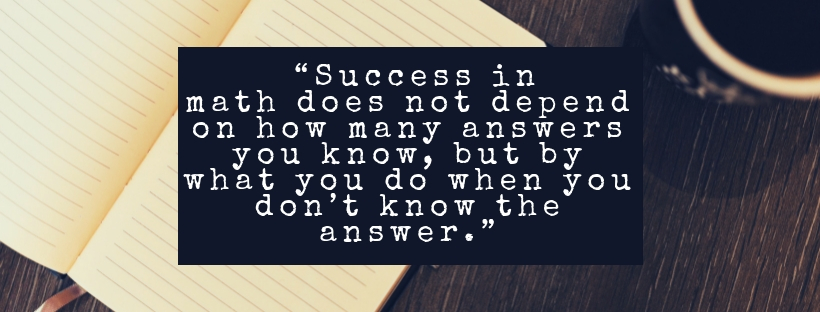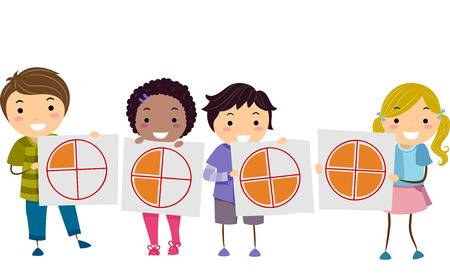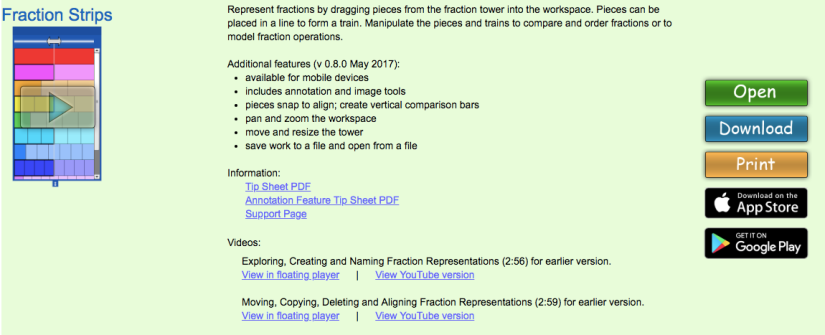
As mathematics is gaining more and more importance in the province of Ontario, it is crucial that teacher candidates receive the necessary training in mathematics. As a student in the Faculty of Education at Lakehead University Orillia, I have learned so much about the fundamentals of mathematical instruction. In my own elementary school experience of mathematics, I struggled at the primary level. I remember being taken out of the classroom in a small group for additional help. In later years, I was fortunate enough that my parents invested in both a tutor and Kumon. This helped my understanding of mathematics tremendously, which then resulted in a love of math. Over my Faculty of Education year, my Mathematics course has been my most enjoyed course. I have become someone who enjoys discussing math problems and learning new methods to solve problems. As a future educator, I understand that not all students will receive the same level of outside help as I did. However, I look forward to teaching math to my future students and incorporating many different methods of instruction.

Over the course of our final semester in the Faculty of Education, our class has continued to learn about differing mathematical teaching strategies. A topic I have always been interested in is fractions. Fractions are important aspects of mathematics, as they are used in many ways both in and outside of the classroom. As a student learning about fractions, I always enjoyed learning about fractions and the endless applications. However, I recognize how students may struggle with this concept.
 Fractions are the “number that describes a relationship between a part (represented by the numerator) and a whole (represented by the denominator)” (Small, 2013, p. 250). It is important for students to recognize that the two numbers have a relationship with one another, rather than simply being two numbers. Using the correct terminology is important to help students understand the relationship, and to further understanding what the fraction represents. Fractions are used to “represent parts of a region, parts of a measure, and parts of a set (or group), they also represent division and ratios” (p. 250). Once students can understand the representations of fractions, working with them becomes a lot easier. One useful strategy to consider when teaching fractions is estimation activities, which “supports student understanding of fractions and is an important skill” (Van de Walle et. al., 2018, p. 287).
Fractions are the “number that describes a relationship between a part (represented by the numerator) and a whole (represented by the denominator)” (Small, 2013, p. 250). It is important for students to recognize that the two numbers have a relationship with one another, rather than simply being two numbers. Using the correct terminology is important to help students understand the relationship, and to further understanding what the fraction represents. Fractions are used to “represent parts of a region, parts of a measure, and parts of a set (or group), they also represent division and ratios” (p. 250). Once students can understand the representations of fractions, working with them becomes a lot easier. One useful strategy to consider when teaching fractions is estimation activities, which “supports student understanding of fractions and is an important skill” (Van de Walle et. al., 2018, p. 287).
Important Concepts when teaching Fractions
When teaching fractions, students are usually introduced to ½ and moving towards fractions such as ¼ and 1/3. Once students can grasp these commonly used fractions, it is usually best to move towards other fractions (multiple parts) such as 2/3, ¾, etc. In the junior grades, students are introduced to improper fractions such as 3/2, 5/4, etc. moving toward mixed fractions such as 1 ½, 2 ¾, etc.

An important concept when teaching fractions is the idea of equivalent fractions. When teaching students about equivalence consider how an “area model is a good visual for connecting the concept of equivalence to the standard algorithm for finding equivalent fractions” (p. 282). When introducing the idea of equivalent fractions, manipulatives are an extremely visual tool for students to gain understanding.
Fraction Manipulatives
The wonderful part about teaching fractions is the multitude of manipulatives that are available for instruction! From student made options, to store bought fraction kits, to digital manipulatives. No matter the financial situation, teachers have a variety of different options.
Student made
Creating fraction kits with your students is an incredible learning experience that allows students to learn through creating. Students are given the opportunity to manipulate the paper themselves, and to learn about the relationships fractions represent. It is important to allow students to explore and learn from their own mistakes. When completed, the student has their own tool that can be used in future fraction instruction.

Here are some resources to make fraction kits with your students!
Store bought fraction kits
There are a variety of fraction kits available to educators. These various kits allow educators to show fractions in differing ways, such as in a circle, strips, or blocks.
Here are a few examples of the types of kits!
These kits show students fractions through a 2D circle, as in the circle kit, in strips, or as shown here in height. In this activity students could compare the fractions by looking at the height of the manipulatives and understanding the differing values through height.
Virtual Manipulatives
Virtual manipulatives are an effective way to show an entire class mathematical instruction. There are a number of different resources available for teachers to display their teaching on a smartboard or projector screen. Virtual manipulatives also allow students endless opportunities to work with fractions and to learn through doing. Virtual manipulatives also allow for differentiation as a variety of different learners can learn and progress at their own pace.
Mathies is an Ontario Ministry of Education developed, online resource, with mathematical support for students from K to Grade 12. The games and learning tools are created to be used by parents and educators in the classroom!

To incorporate fraction activities with technology here are a number of fraction activities:
This vlogger, Mashup Math, provides a useful video to explain the instruction of fractions. Anthony also writes a blog to accompany his vlogs. Check him out for more tips!
Another useful way to teach students about fractions is through interactive videos. Check out these resourceful examples!
Introduction to Fractions
I hope you found these resources to be helpful. Let me know in the comments below your experiences teaching fractions!
References
Small, M. (2013). Making math meaningful to Canadian students, K-8 (2 ed.). Ontario, Canada: Nelson.
Van de Walle, J., Karp, K., Bay-Williams, J., McGarvery L. (2018). Elementary and Middle School Mathematics: Teaching Developmentally (5th ed.). Ontario, Canada: Pearson.



